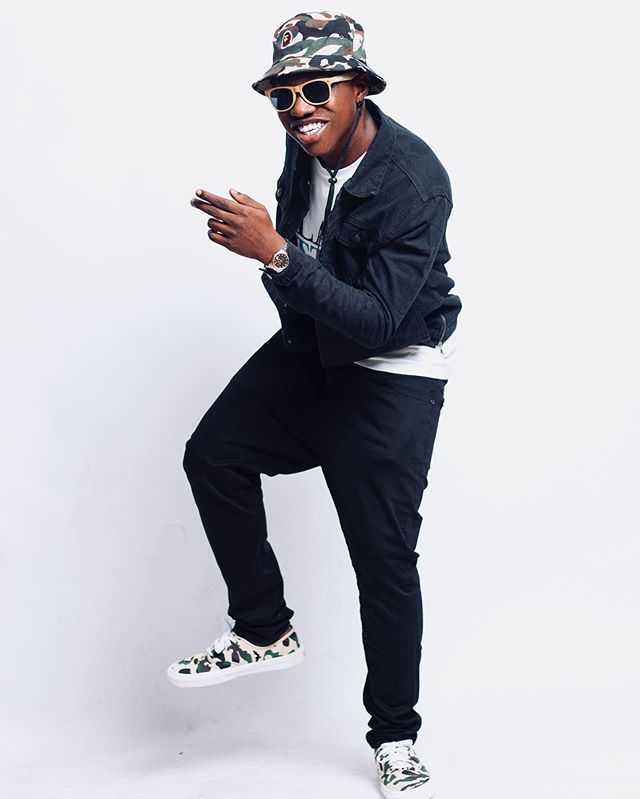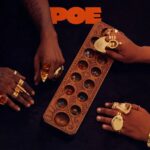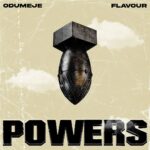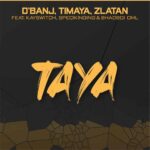
"@gidifeedtv: Mummy G.O. dancing Zanku, leg work in the church.
.
.
.
Is it right for the wife of a pastor to be dancing worldly dance in church? @Gidi_Traffic pic.twitter.com/zDLhgfwMw6— Ride With GidiCab (@Gidi_Traffic) July 26, 2019
Publish by: Samuel Oguntoyinbo
Celebrities come up with different dance steps which eventually start to trend and people dance it wherever they find themselves.
A video of a yet to be named pastor’s wife energetically dancing Zanku in church amongst other members has caused a bit of frenzy on social media as to whether this is appropriate or not.
Going to clubs, birthdays, wedding reception, naming ceremonies among other parties to dance any kind of dance except in church isn’t that hypocrisy?
The story of how King David danced before God for giving them victory, to the point he went naked and his wife Michal scorned him in her heart is recounted in 2 Samuel 6:16-23 King James Version (KJV) for reference purposes.
16 And as the ark of the Lord came into the city of David, Michal Saul’s daughter looked through a window, and saw king David leaping and dancing before the Lord; and she despised him in her heart.
17 And they brought in the ark of the Lord, and set it in his place, in the midst of the tabernacle that David had pitched for it: and David offered burnt offerings and peace offerings before the Lord.
18 And as soon as David had made an end of offering burnt offerings and peace offerings, he blessed the people in the name of the Lord of hosts.
19 And he dealt among all the people, even among the whole multitude of Israel, as well to the women as men, to every one a cake of bread, and a good piece of flesh, and a flagon of wine. So all the people departed every one to his house.
20 Then David returned to bless his household. And Michal the daughter of Saul came out to meet David, and said, How glorious was the king of Israel to day, who uncovered himself to day in the eyes of the handmaids of his servants, as one of the vain fellows shamelessly uncovered himself!
21 And David said unto Michal, It was before the Lord, which chose me before thy father, and before all his house, to appoint me ruler over the people of the Lord, over Israel: therefore will I play before the Lord.
22 And I will yet be more vile than thus, and will be base in mine own sight: and of the maidservants which thou hast spoken of, of them shall I be had in honour.
23 Therefore Michal the daughter of Saul had no child unto the day of her death.
Other dance steps:
Makossa:
In many ways, makossa may have been the first dance trend of the 2000s because it spilt over from the 1990s. The dance trend rode on the spread of a very rhythmic Congolese sound of the same name.
Within these years, Artistes like KoffiOlomide and AwiloLongomba toured the continent in a series of massive hit songs and everywhere the songs and music videos went, Makossa became a wave, a vibe and everything else, especially in Nigeria.
Makossa means “dance” in the native tongue of Cameroon’s Douala; and dance, we did.
Galala:
Galala is the first true dance trend of the streets in the new millennium. The dance originated from the pseudo-reggae sound made popular by artistes like Ras Kimono, Blacky.
However, DaddyShowkey will be most remembered as the progenitor of the dance; it is as much a part of his identity as his long dreadlocks.
Suo:
After Daddy Showkey’s Galala came Suo. One could say it was an offspring of the former as it originated in the same Ajegunle ghetto as Daddy Showkey’s music.
The most popular vehicle for the dance was MarvellousBenjy’s “Suo” which was a massive hit at the time. The duo of Mad Melon and Mountain Black, known as the Danfo Drivers, also carried the dance style on their backs.
Yahooze:
We have Olu Maintain to thank for this. The Kennis Music star released “Yahooze” in 2008 and created a madness across the country.
With the song’s spread, came a dance step that involved making finger-based offerings to the most high. Yahooze was a force that launched an artiste’s solo career, dominated the country for a year and got then US Secretary of State, Colin Powell to do the dance when he came on a state visit to Abuja.
Alanta:
For someone who is not familiar with the expressive nature of our dance styles, Alanta could genuinely put you in a state of shock and dismay.
It involved a crazy movement of the arms and legs in an alternate manner and crazy facial expressions that were slightly debasing.
The group “Artquake” scored their first real nationwide hit with a song titled after the dance. Never one to ignore a spectacle, TerryG also helped make the dance popular.
Azonto:
This dance style is one of those things that Ghana gave us and we forgot to say thank you for. After it began to gain a buzz in West Africa, Wizkid’s continent-wide hit “Azonto” took it to the far ends of Africa and the Uk.
This also put a Nigerian face to the leg-and-finger dance. Azonto is still very much around till date, mostly because it gives room for expression and creativity.
Etighi:
Etighi is a traditional dance from the Calabar/Akwa Ibom region of Nigeria’s South-South.
It gained popularity when Iyanya, who hails from the region, used it as the main crux of the video for his massive hit “Kukere”.
Etighi had a brief but intense lifespan because it was the simplest of dances but if you live close, it is there in many dance routines.
Skelewu:
The dance style was introduced by Nigerian Afro-pop star, Davido through his song of the same name. The dance became very popular in the UK where he enjoys a big fanbase.
ALSO READ: 15 photos you’ll understand if shayo is your problem
It involves stretching the arms out and moving in a cyclical motion to the sound of the music.
Davido’s Skelewu caught on a lot in Europe especially, where it was a mainstay in dance routines on Youtube for a while.
Shoki:
Agege, in the last few years, has become a production line for dance styles and one of its major offerings, Shoki, is arguably the biggest dance trend of the last 10 years.
Shoki is an expressive dance if there ever was one. It had bubbled underground in Lagos for a year before Lil Kesh gave himself and the style a massive push with the release of his hit single “Shoki”.
The rest is that type of history that you can find on YouTube.
Shakiti Bobo:
This dance begins and ends with the self-styled King of the Streets, Olamide. In 2015, Olamide released another one of his sneak attacks on radio and the clubs titled “Bobo”.
The song featured a mildly expressive dance style which was referred to as “Shakiti Bobo”, after a regularly repeated line in the song’s hook. As with everything Olamide, the dance style caught on, especially in Lagos.
Shaku Shaku:
If you’ve been anywhere near social media or Lagos, you’ve seen shaku-shaku done many times before.
It blew up at the end of 2016 but those who are more familiar with its origins claim it has been a rave in Agege for two years and counting.
Much of its new-found popularity is down to the emergence of the new Shaku-Shaku sound.
The dance trend has inspired the creation of an entire sub-genre of songs, made specifically for the dance.
Two of these songs, “Shepeteri” and “Legbegbe” have become massive sleeper hits in their own regard; their success has also elevated the careers of two underground acts that you would do well to pay attention to, “Idowest” and “Slimcase”.
Zanku Legwork:
Made popular by Zlatan Ibile is the current dance trend.






